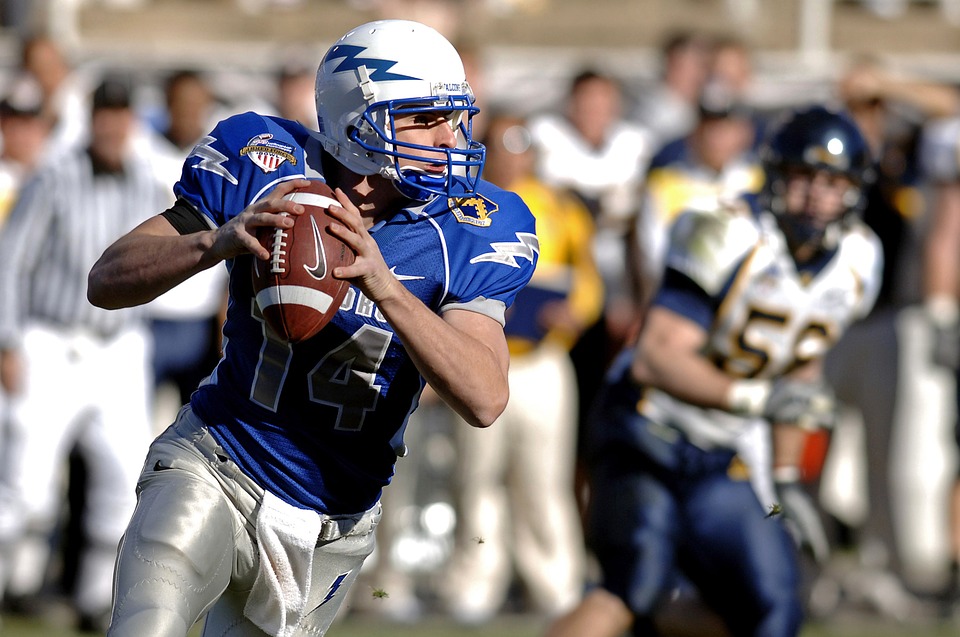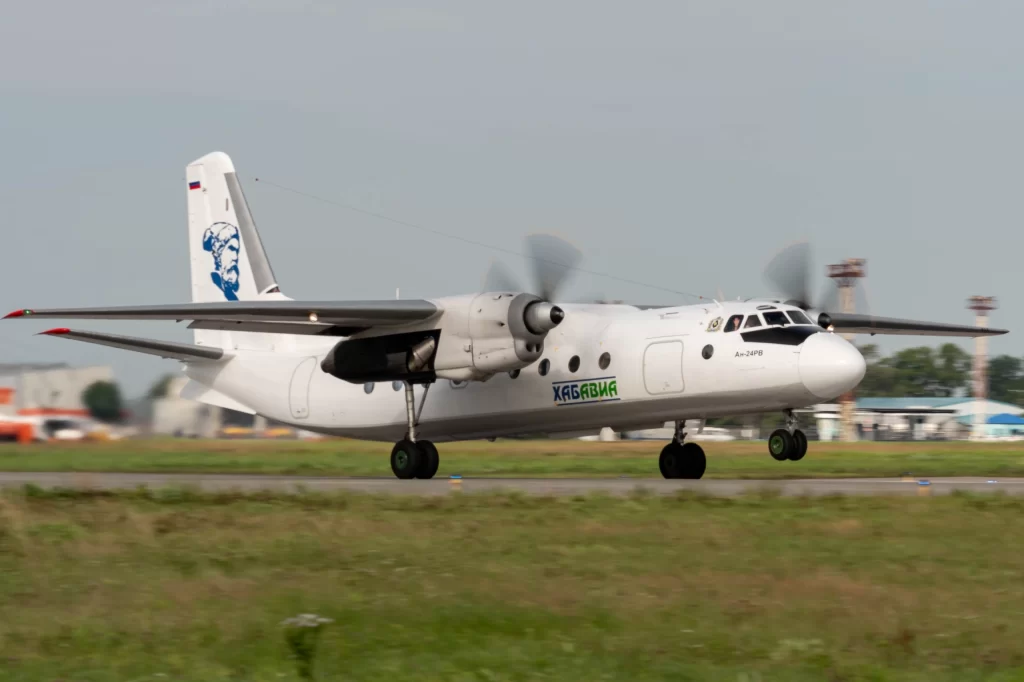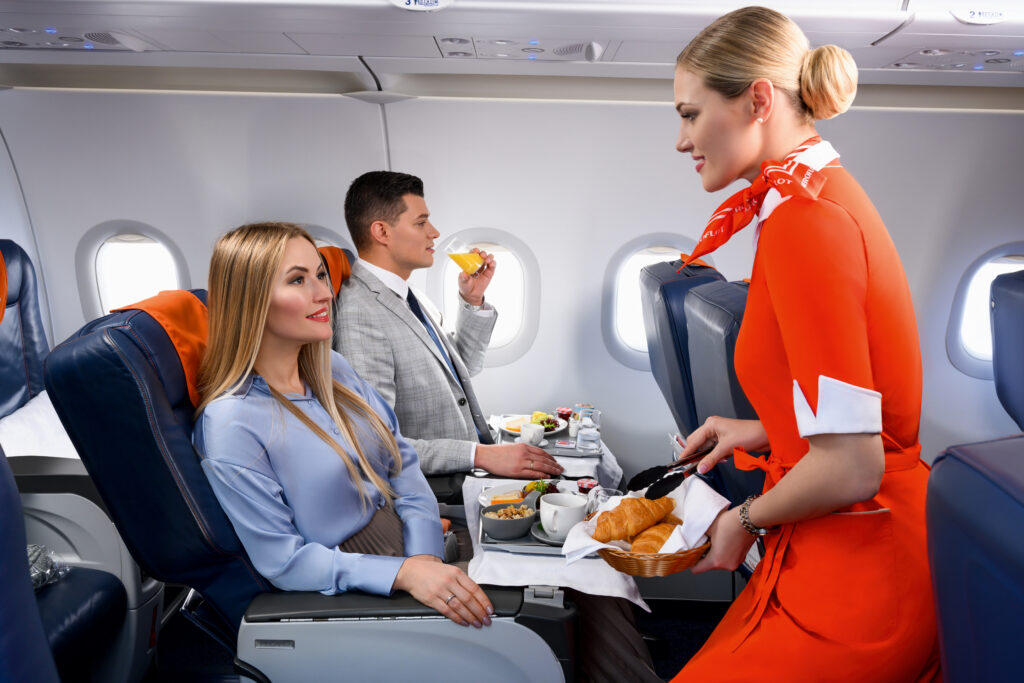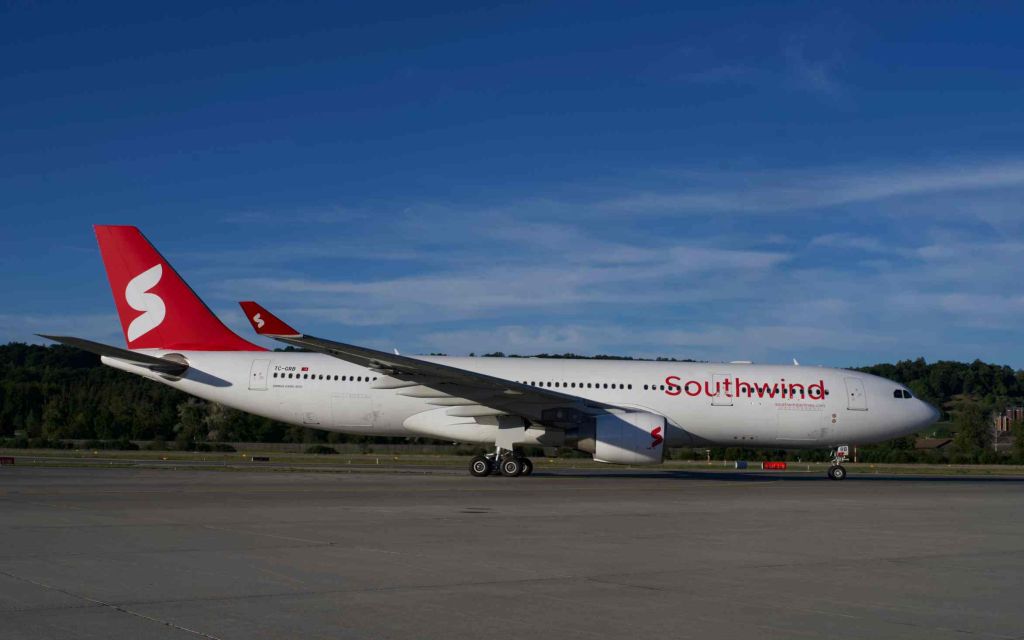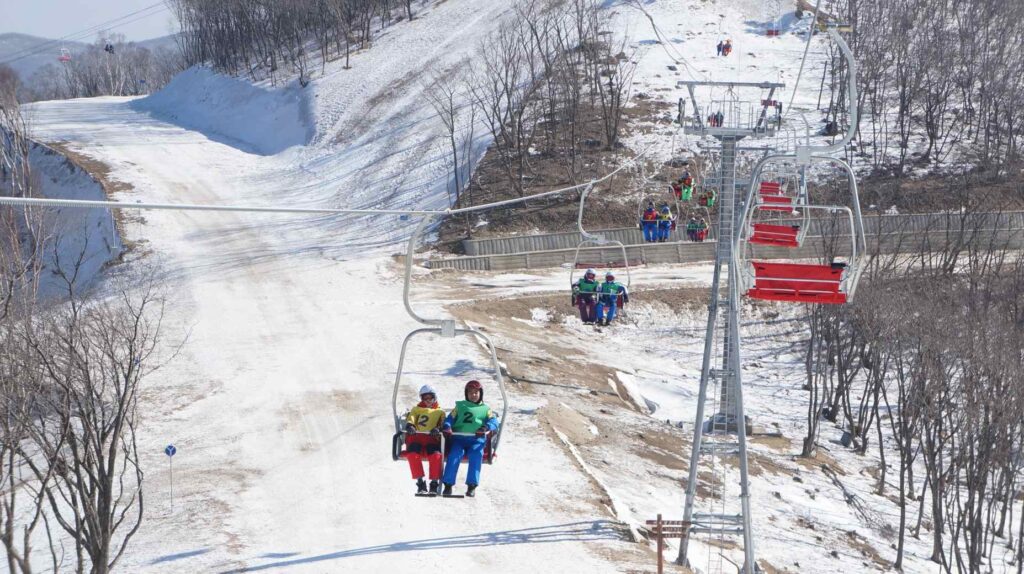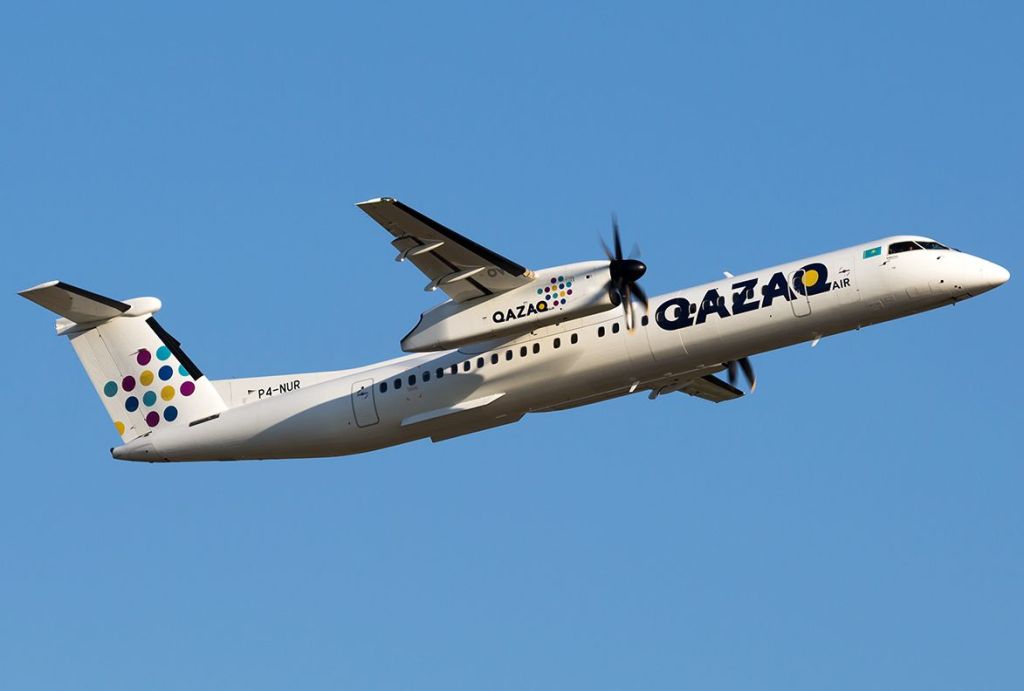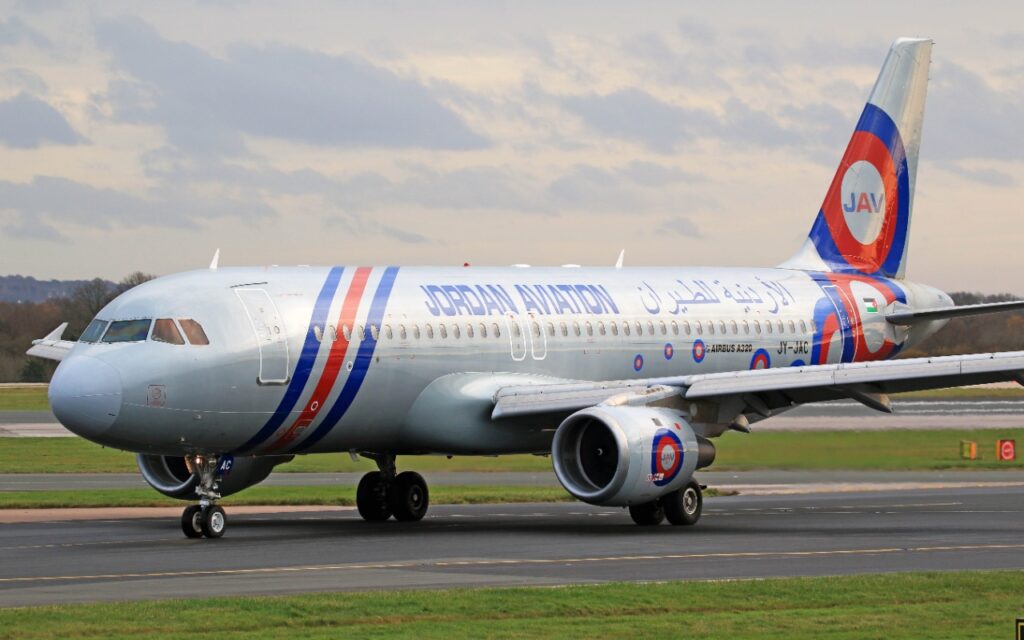American football and the NFL are as American as apple pie, so it might surprise you to learn that the sport has quite the following in Russia.
The game was brought over to Europe by American immigrants and travelers in the 1980s when Russia was still the foundational part of the Soviet Union.
In 1989, as a sign of the greater co-operation between America and Russia, high-school teams from Oklahoma participated in an exhibition game against local Russian teams.
There was also an attempt to have college football teams from the US compete in Russia in what was nicknamed “The Glasnost Bowl” after Mikhail Gorbachev’s policy of glasnost or “openness” to the west, which unfortunately fell through.
Since these early false starts, American football has gained massively in popularity throughout both Russia and Europe, although it is still mostly confined to a few professional leagues and doesn’t have the collage-based feeder system for players.
By comparison, some of the largest teams and stadiums in the US are owned by colleges or universities and the fight to see who will be the CFP National Championship Winner draws in just as many fans as the NFL or the Super Bowl.
In this article, we will be looking at how American football made its way to Russia and why it has become so popular.
Soviet Starting Point
With America and the Soviet Union being so famously suspicious of each other, it is a little surprising that it was during Russia’s time as part of the Soviet Union that the sport first made its way into the country.
Introduced as “Soviet American football” the sport quickly became a hit and, because there was no sport quite like it, it attracted a very diverse group of players. Footballers and rugby players were the most obvious, but local teams were also filled with weight lifters, wrestlers, and boxers.
There was only one American football competition during the soviet era, the USSR Championship of American Football, which was held in the Russian capital of Moscow in 1991 and was won by the local favorites, the Moscow Bears.
The Post-Soviet Fallow Years
Unfortunately, after the dissolution of the Soviet Union, sports teams found it difficult to find funding during an economically harsh period in Russia.
The first Russian championship of the Russian National American Football League was held in 1992 and featured teams from Moscow, St. Petersburg and Siberia, but the teams didn’t have enough money to continue for another season and eventually disbanded.
A lot of the support for the sport at this time came from overseas. The General Manager and President of the Philadelphia Eagles football team, Harry Gamble, organized the growth of the sport in Russia at a youth level by commissioning coaching clinics to train up youth coaches, and helped to fund and organize youth exhibition matches and youth tournaments to raise the profile of the sport.
This support eventually led to the formation of a Russian national youth team that competed on a European level, coming in at 4th place in the European Championship in 1998. The team continued their upward trajectory by coming in at second place during the European Championship in 2000, and eventually going on to become the winners of the competition in 2002 with Harry Gamble as their head coach.
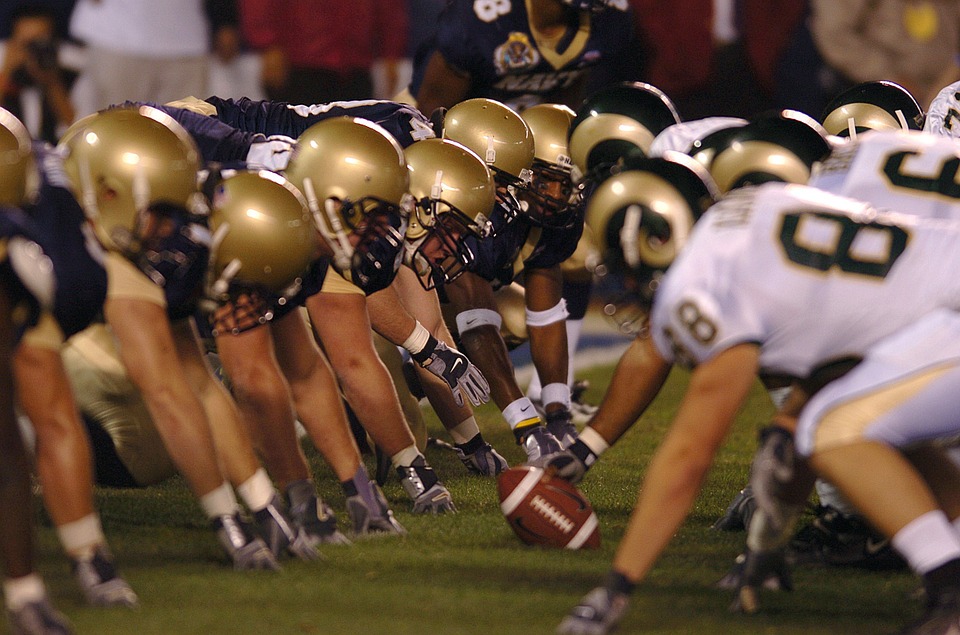
The Reemergence of the Senior Game
By making sure that American football had become popular at a youth level, Harry Gamble played a part in the reemergence of the senior game by ensuring there was both the interest in the game and the talent to fill the teams.
10 years after it was first established, the Russian National American Football League held its second Russian championship in Moscow in 2002. The only teams able to compete were from Moscow itself, but the presence of an actual national league and a championship to be won, spurred the formation of teams in other cities.
One of the standout players in the domestic championship was Bobby Rome. Rome had unsuccessfully tried out for the NFL and then deiced to move himself and his family to Russia to become the star quarterback for the Moscow Patriots, who managed 12 consecutive wins that season.
Having retired from active play, Rome went on to become the manager of the Vladivostok Wild Pandas.
The Russian National American Football League
The Russian National American Football League, now known as the Russian American Football Championship, had eleven competing teams and has been won by the Moscow Patriots a record-breaking 13 times.
The Russian American Football Championship merged with other eastern European American football leagues at the end of 2019 to create the Eastern European Super League that will see the top clubs from Russia, Belarus, Kazakhstan and Ukraine clash in 2020.
This much larger league will see 41 teams compete to see who will be the best American football team in eastern Europe. A preliminary season was run in 2019 with only 19 teams and was won by the Moscow Spartans after they beat the Northern Legion Saint Petersburg 42–16 in the Tsarskoye Selo Stadium in Puskin.
Russia on the International Stage
With the reassurance of American football at a domestic level, Russia also reappeared on the international American football stage. In 2004, two years after the re-establishment of the Russian National American Football League, the Russian national team was about to finish third in the European Championships and has gone on to participate in all major European American football competitions, including the youth and women’s competitions.
A Growing Sport
While the vast majority of American football players in Russia are still amateurs and have to pay for their own transport and kit, the sport continues to go from strength to strength, gaining in popularity and becoming as well recognized as the more traditional Russian sports of football and ice hockey.
As the visibility of Russian American football rises, more and more players are finding their way to the sport, ensuring that American football in Russia, despite a slightly uneven history, looks to have a bright future.


